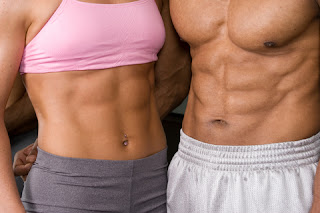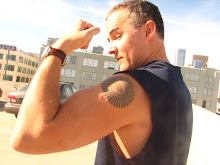Superbowl Sunday. What kind of fan are you? Are you glued to the set, watching every replay and hanging on the announcers' every word? Are you just there to rip on Madonna, eat hot wings and rate the million dollar commercials? Or is it a day for you to get outside in the garden or get a head start on spring cleaning? Superbowl Sunday is many things to many people.
This year's game was very different for me than previous games. This is the first Superbowl I have watched as a married man. My beautiful and amazing wife is from Russia and knows very little of our national game. This Sunday we sat together on a friend's couch in front of a giant bowl of guacamole and watched our first Superbowl together. By the end of the first quarter she had come to the conclusion that football was five minutes of fighting followed by two minutes of advertising. I couldn't disagree with her. At a certain point she asked me, “why do you like this game so much?”
I answered that I liked the game because it is equal parts physical and cerebral. She seemed amazed that there was any thinking involved in the game, but as a former player I assured her that despite all the violence, football is a thinking man's game.
Prior to the Superbowl, the game is dissected for two weeks by shouting former players with loud suits and enormous jock knots in their shiny silk ties. Offense, defense and the kicking game... should they run, should they pass, how does the quarterback react to the blitz? I can't stand all the blah blah and hype for more than ten seconds, but the incredible amount of preparation put in by coaches, players and broadcasters got me thinking about how important direction is is any activity.
Football is a very physical game, played by powerful genetic freaks who combine amazing strength, speed and agility, but without preparation and a solid game plan even the the most talented teams can appear utterly lost. The game is a chess match, and each piece is a highly specialized and trained athlete who has been programmed by his coach to do everything in perfect synchronization with his teammates.
So how does this relate to fitness?
I've spent thousands of hours at the gym over the years, training my own body and working with my clients. Over the years I couldn't help but observe the coming and going of so many gym members. Often I saw the same faces in the gym, day after day but never saw any change in their bodies. Bench presses, treadmills, leg curls, spin classes and thousands of situps- and yet absolutely no discernible progress. All that time, all that activity and not much to show for it. It reminds me of a classic old cliché used by several of my former football coaches – never confuse activity with progress.
If you doubt the impact the coach has on a football team, consider this year's San Francisco 49ers. The 49ers in the last several years have been horrible despite having a roster filled with talented players. Last year they fired their coach and brought in Jim Harbaugh, a former NFL quarterback who had turned around a very mediocre program at Stanford University. With virtually the exact same players as the previous year, Harbaugh led San Francisco to a 13-3 record and nearly made it to the Superbowl. Under his direction, the underachieving 49ers finally reached their potential.
Spinning your wheels in the gym? Lots of activity and no progress? Consider hiring a new coach. Don't know who to hire? In my next post I will break down how to pick the right trainer for you.





